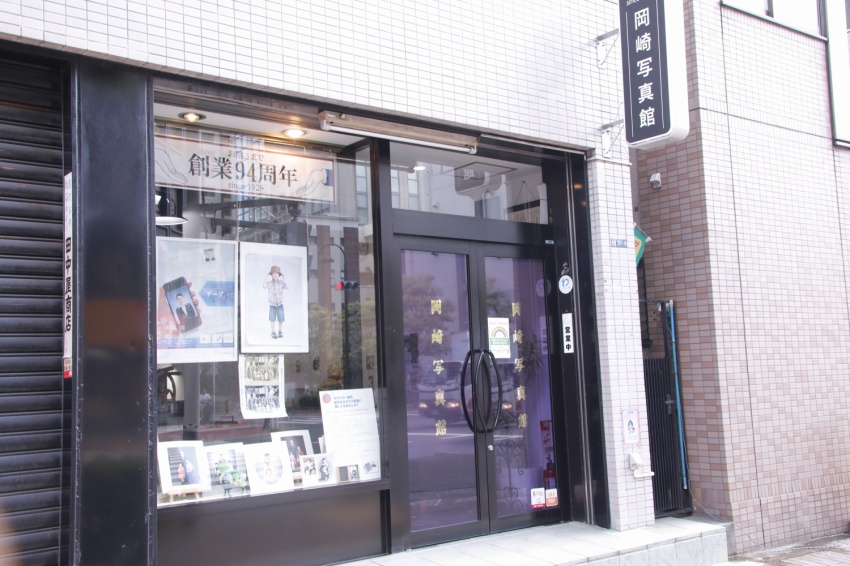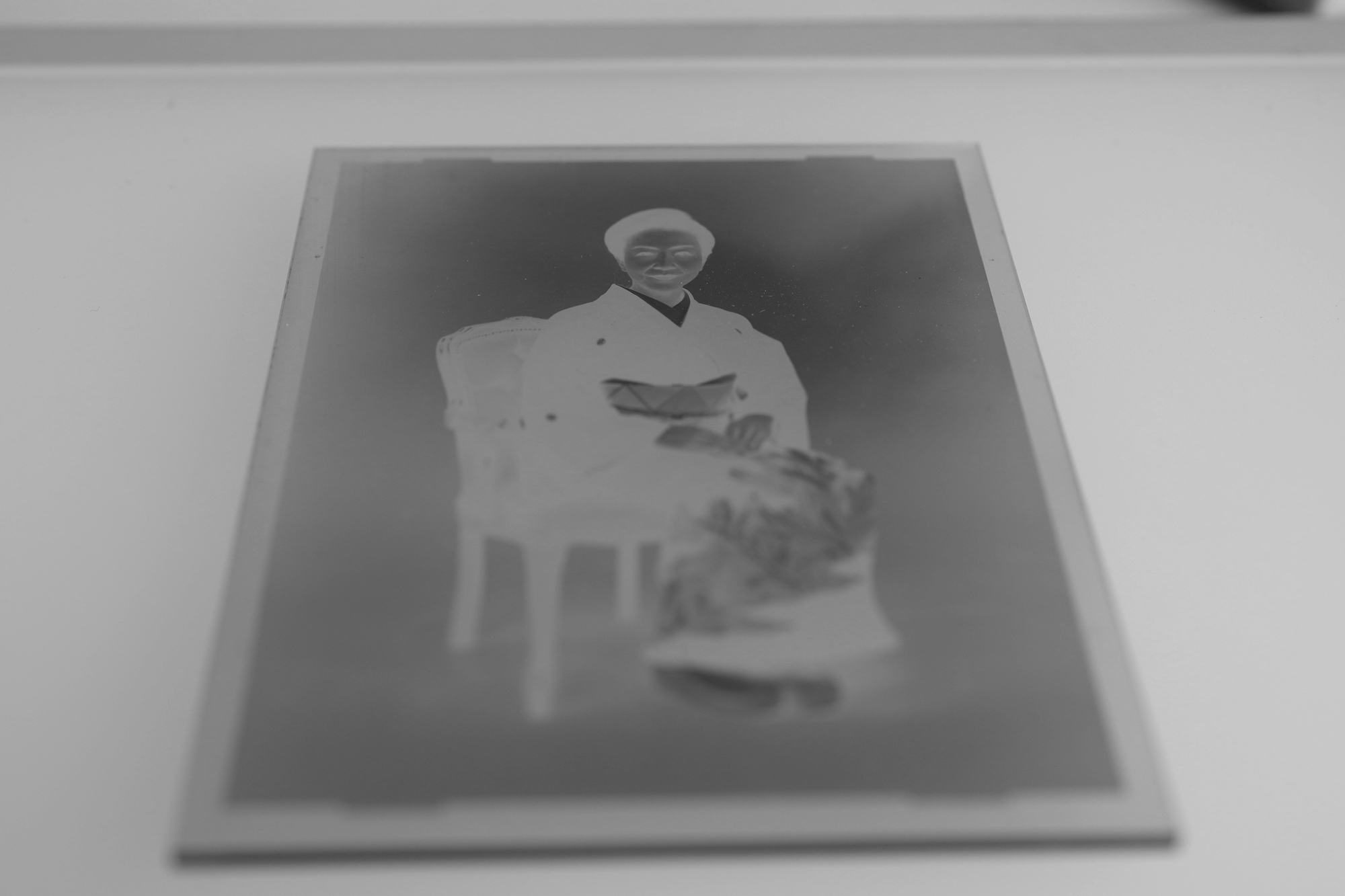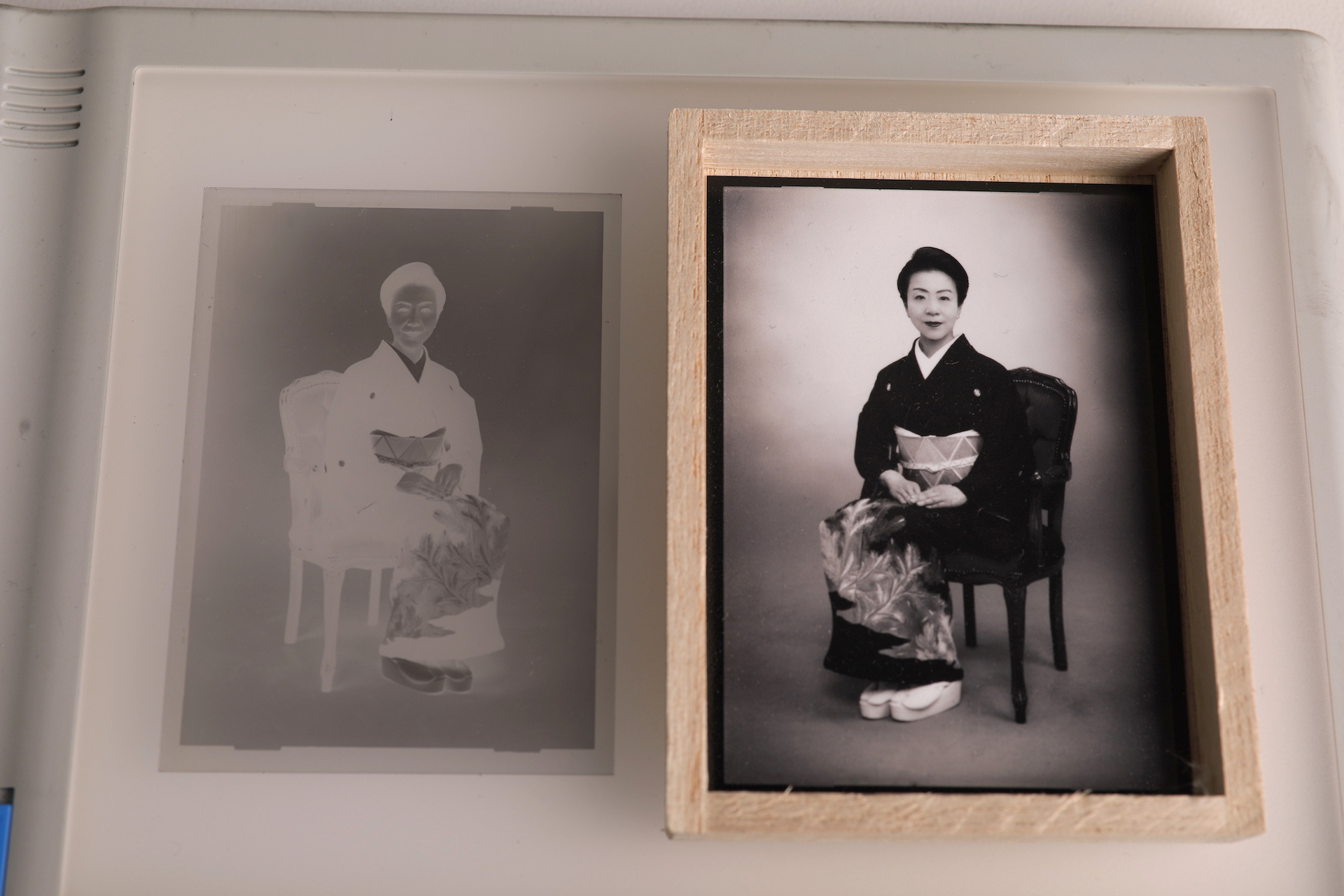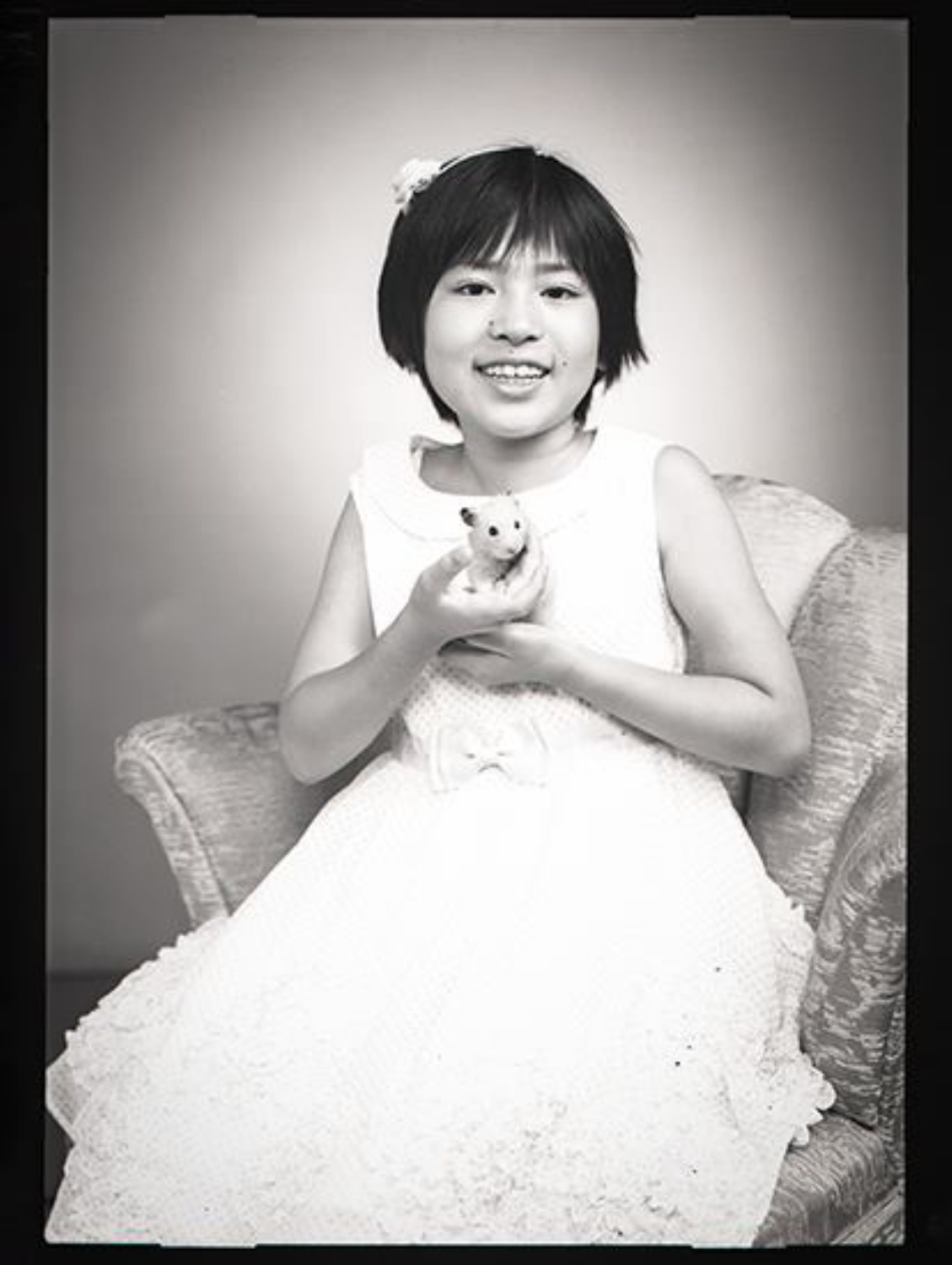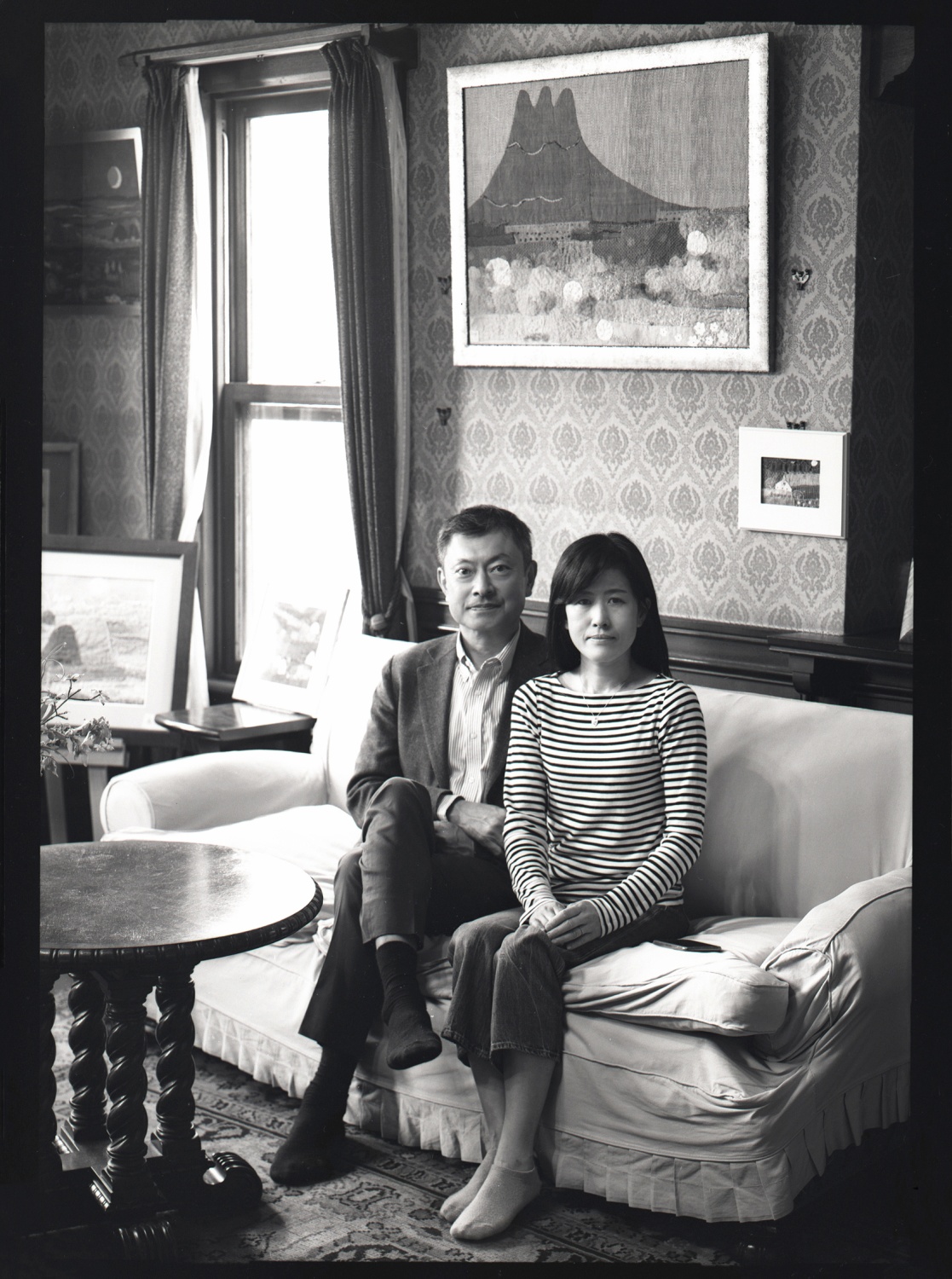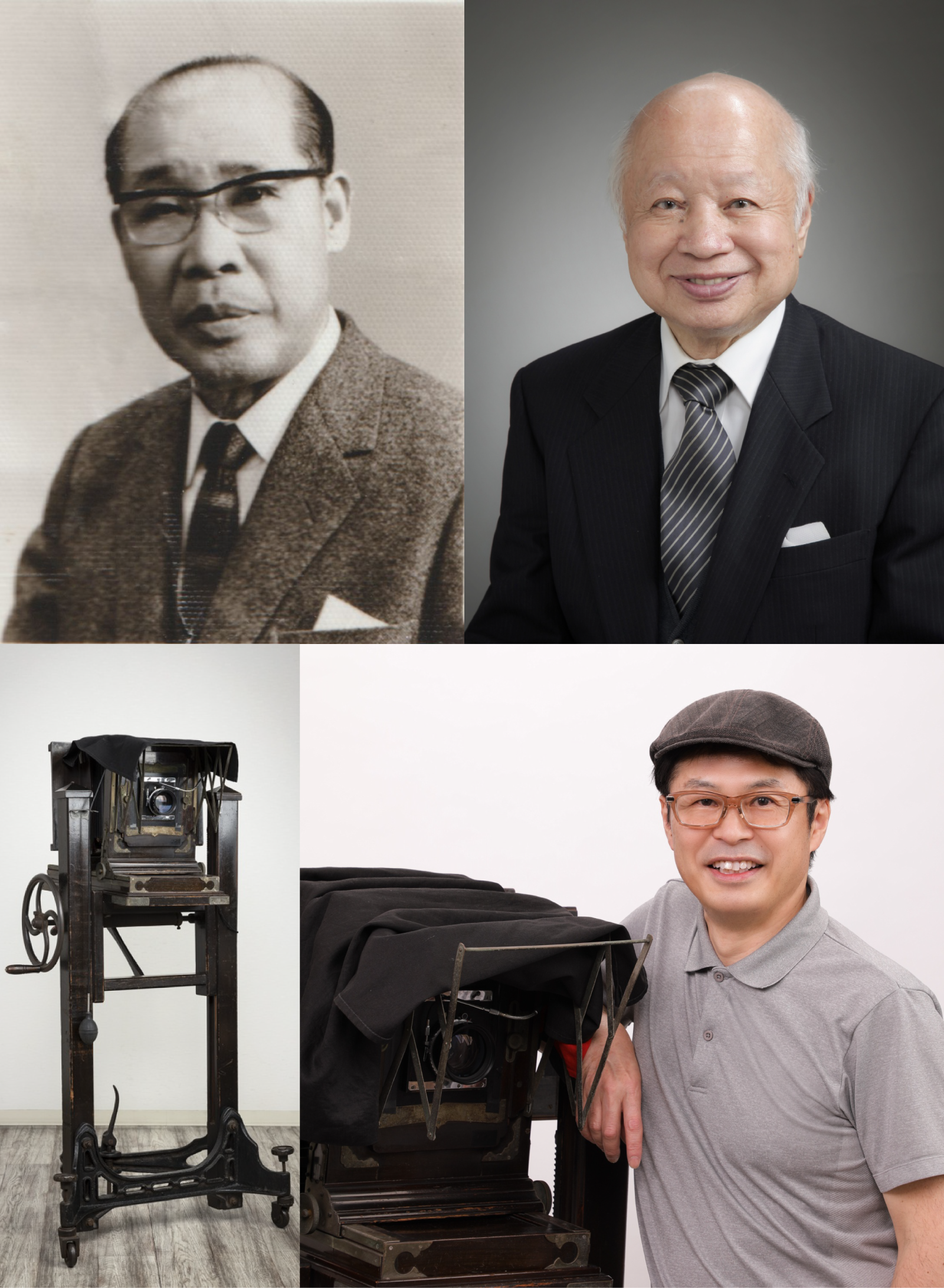Photography techniques that have documented the greats
Glass dry-plate photography is a precious technique for recording history and tradition.
From the late 19th century to the early 20th century, glass dry-plate photography was the most commonly used type of photography, prized for its superb resolution and power of detailed description. Images of many of history’s most illustrious figures are preserved on glass dry plates. Among these is Shigenobu Okuma, founder of Waseda University.
In glass dry-plate photography, a glass plate is coated with photosensitizing agent and exposed to light to develop the image. This process is labor-intensive and time-consuming, requiring specialized knowledge and skill. For this reason, only a handful of photography studios worldwide are capable of handling this type of photography today.
Today most photography is done using film or digital technology. As a consequence, the traditional photographic technique of glass dry-plate photography evokes a unique feeling of historical gravitas.
Capturing a moment on a glass dry-plate and passing it on to future generations
Glass dry-plate photography can capture a life in a single instant. Looking at the finished photograph, we feel a gravitas, depth and sense of life that digital photographs cannot convey. If the photographs are preserved as prescribed, they preserve valuable works for future generations to enjoy.
Each completed glass dry plate from Okazaki Photo Studio is presented in a specially built box of paulownia wood. We hope you will keep it always as a precious memory of your time in Japan. Please make glass dry-plate photography by Okazaki Photo Studio a part of your trip—you’ll be glad you did.
Fee for one pose
Large-business-card size (90 mm × 65 mm)
1 photograph: ¥49,500
(Includes specially built paulownia box, one baryta (barium hydroxide)-adjusted photograph and one glass dry-plate photograph.)
•To allow for sufficient preparation, customers who reserve a month or more in advance receive a 10% discount.
•The photographs are presented to you in a specially built paulownia box, just as in the Meiji era.
•Please allow one week for presentation.
•Photography is limited to one group per day. Booking is available online, but if you have any questions, please feel free to contact us directly by telephone.




